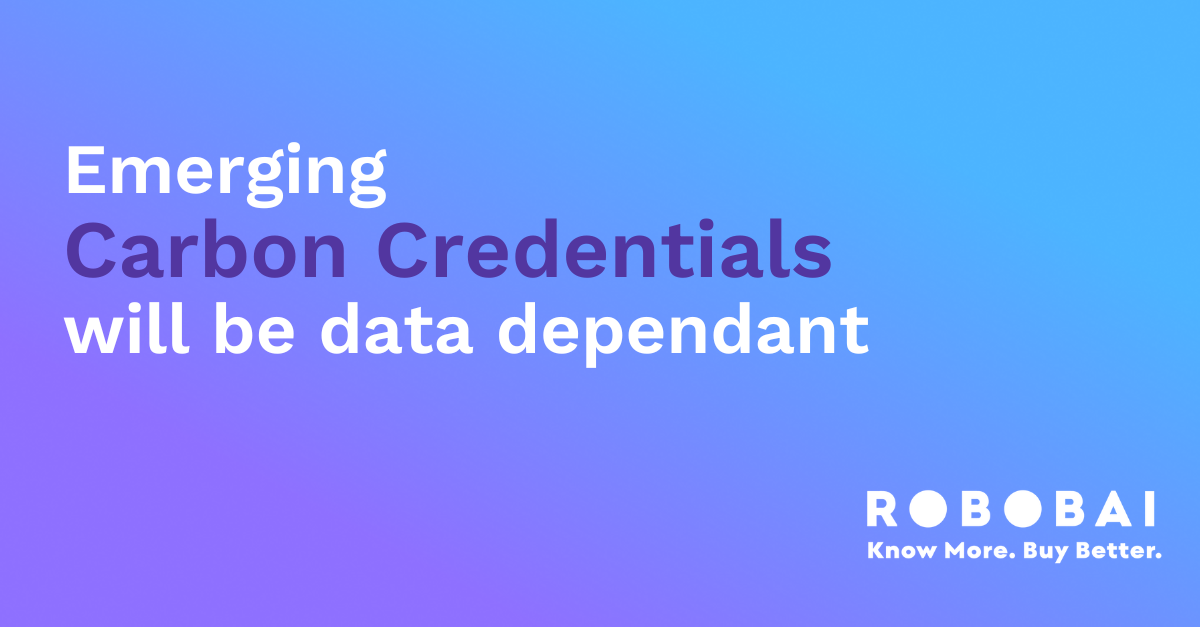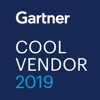Prepare your Data for Carbon Emissions Reporting

Emerging carbon credentials will be data dependant
As all aspects of sustainability gain momentum, carbon emission reductions are being heralded as the greatest opportunity for necessary climate change.
Net Zero, the goal set by 192 countries in the Paris Agreement 2015, states that Nationally Determined Contributions will outline each country’s climate action plan, aimed at achieving net zero emissions and limiting global temperature increase by 1.5 degrees as soon as possible.
Carbon Emissions 1 2 3 ...
To manage carbon emissions, you first need to understand their source. Greenhouse Gas Protocol has grouped them into 3 universally referenced categories.
“Scope 1 covers direct emissions from owned or controlled sources.
Scope 2 covers indirect emissions from the generation of purchased electricity, steam, heating and cooling consumed by the reporting company.
Scope 3 includes all other indirect emissions that occur in a company’s value chain.” Carbon Trust
The key challenge with Scope 3 emissions is that they lie outside the control of an organization and often form part of an intricately interconnected web of activity. The need for collaboration and standardization will be critical for us to collectively achieve positive global outcomes
Why organizations should report on Scope 3 emissions ASAP
Regulation is imminent. Examples of standardization and regulation already exist, including the European Sustainable Finance Disclosure Regulation (SFDR) and the US Greenhouse Gas Reporting Program (GHGRP).
Clear visibility over Scope 3 carbon emissions is necessary for
A sustainable future for the planet and global communities
Knowing your organization’s impacts and risks in order to create optimal sustainability strategies and climate action plans
Increasing your competitive advantage eg. Greener Australian businesses saw 10% customer growth switching from non green competition. Reference: NAB
Avoiding possible future infringements. 74% believe that organizations will be obligated to pay for their GHG emissions in the future Reference: Gartner survey
Establishing good sustainability credentials; to attract new investors, retain the ones you have and improve borrowing terms
Fostering and protecting brand reputation
Minimizing Carbon Risk. Your organization’s greatest vulnerability is its’ weakest supplier
Team retention. Conscious consumers are employees too.
How to report on Scope 3 in your supply chain
Calculating the overall Scope 3 carbon emissions from your organisation is calculated by multiplying each supplier’s carbon intensity by your spend with them and then adding these together
My organization's level 3 total emissions
= Supplier A intensity x spend + Supplier B intensity x spend +.. Supplier Z intensity x spend
Calculating the overall Scope 3 Carbon emission intensity of your organization is calculated by taking your total Scope 3 carbon emission (above) and dividing by your total number of suppliers.
My organization's level 3 emission intensity
= (Supplier A intensity x spend + Supplier B intensity x spend +.. Supplier Z intensity x spend) /no. suppliers
Data is the fastest path to the best outcome
Greenwashing and inaccurate reporting has put a spotlight on the need for accountability and transparency in the emerging area of carbon emissions regulations.
To prepare, organisations need to invest in:
Effective data management to ensure high quality spend data.
Supply chain data needs to be consolidated, cleansed, classified and categorised
Reputable 3rd party data sources to understand your suppliers’ carbon intensity
Robust yet agile ongoing carbon emissions monitoring and reporting abilities
Strategic frameworks to assess the sustainability of future suppliers and partners
Tools and processes to facilitate regular and ad hoc assessment of supply chain activities past, present and future
Why RobobAI?
We're supply chain leaders with data DNA
The RobobAI Team automates the process of data consolidation from multiple sources. We leverage our custom AI engine to consolidate, classify and categorize spend data quickly and easily, at a low cost. Our process requires no integration and takes days not months.
Know More. Buy Better.
RobobAI’s goal is to create positive change within the environment and comminutes across the globe by helping organizations to optimize the financial and ethical impacts of their global supply chain.
Learn More About It



.png?width=50&height=50&name=linkedin%20(3).png)
-1.png?width=50&height=50&name=twitter%20(3)-1.png)


-1.png)
.png)
.png)